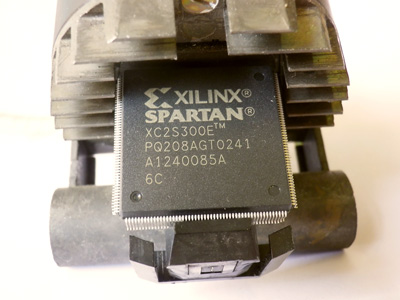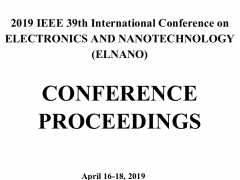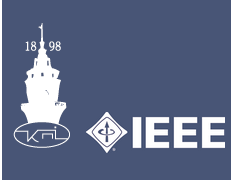MALICIOUS HARDWARE IN FPGA
Anatoliy Sergiyenko, Yuriy Vinogradov, Olexiy Molchanov, Chojadurdy Jepbarov. MALICIOUS HARDWARE IN FPGA//International Conference on Security, Fault Tolerance, Intelligence” (ICSFTI2019). Р. 8-14. Abstract. A survey of malicious hardware in FPGA is considered. The methods for malicious hardware searching and preventing its loading into FPGA are highlighted as well. A conclusion is made that FPGA is the most-safe device against malicious hardware loading. A stack processor structure is proposed which can be used for monitoring the malicious hardware.











